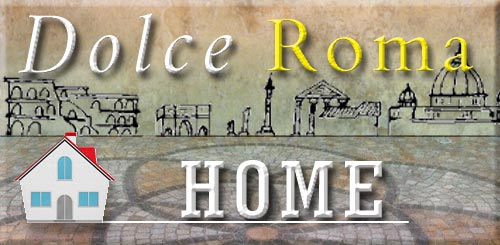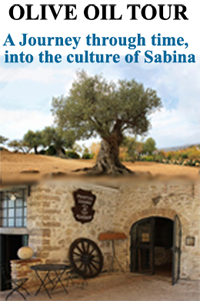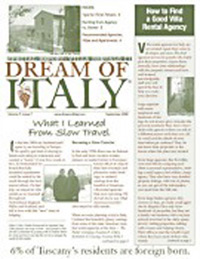ROME PASS
The "Roma Pass" makes navigating the city a whole lot easier for its millions of visitors. The card costs EU 20 and his valid for three days, during which it gives you free entrance to the first two museums or archaeological sites you visit, and discounts on all other entrance fees. The card also allows you to travel for free on the entire metropolitan network for three days, and includes a map, a mini guide of the sites covered by the pass, and a program of the month's events in the capital. Buy the pass directly from the sites themselves, or from PIT kiosks, newsstands and tabacchi shops.
How to use it:
- The overleaf form must be filled in with name, surname and validation date.
- It is validated when the first site/museums is visited.
- Direct access for the first 2 sites. From the 3 rd site onwards please apply to the ticket office for discount.
- It must be produced along with your identity papers when required by the staff in charge.
- It will be valid for 3 days from the first entrance.
Sites where you can use the Roma Pass:
Colosseo/Palatino :
This archaeological area is one of the most important area located in the heart of the ancient city. Here you may study an impressive stratification of historical and artistic memories testifying to the life and development of ancient Rome
The Colosseo was built at the site of Nero's lake below his extensive palace (The Domus Aurea) and completed by Titus. L'Anfiteatro Flavio was the largest arena of the ancient world used by the Romans for Gladiatorial combats and other spectacles until the 6 th century.
The Palatino Museum offers a wide and unique spectrum of artifacts found on the hill.
Galleria Borghese :
This private collection, started by Cardinal Scipione in the seventeenth century, is one of the most important private collection in the world and exhibits masterpieces from Titan, Bernini, Caravaggio and Canova
Galleria Nazionale di Arte Antica in Palazzo Barberini :
The Galleria exhibits paintings and other objects d'art from private collections dating from the 12 th and 18 th centuries.
Galleria Nazionale d'Arte Antica in Palazzo Corsini
This Galleria exhibits paintings dating from the 14th tot h 18th centuries, housing in particular seventeenth and eighteenth century artists, ancient and modern sculptures, small bronzes and eighteenth century furniture, thus providing a thorough representation of the Roman, Neapolitan and Bolognese schools of the "Seicento"
Galleria Nazionale di Arte Moderna :
Located in the historical building of Fine Arts, the Galleria is one of the most important Italian museums dedicated to the 19th and 20th century artists.
Galleria Spada :
Started by Cardinal Bernardino, this small but important art collection still recalls the 17 th century aristocratic collections, whose paintings were accurately ordered with a view to enhancing their decorative value.
Macro:
Located in the former factory the Macro exhibits works of Italian artists from the 1960 to this day.
Mercati e Foro di Traiano :
This is a modern name for a large set of buildings erected at the beginning of the 2nd century AD.
Guided tours will allow you to visit a real quarter of Imperial Rome whose state of preservation is still impressive.
Musei Capitolini :
The most ancient public museum in the world: it houses a considerable quantity of archaeological examples in addition to a significant collection of medieval and modern works.
Museo dell'Ara Pacis :
The Ara Pacis represents one of the most impressive examples of classic art.
Museo della Civiltè Romana :
This museum houses collections consisting of a large number of reproductions of famous Roman monuments, temples, amphitheatres, and public works from the birth of Rome to Christian times.
Musei di Villa Torlonia e Casina delle Civette :
Situated in Villa Torlonia's Park, the "Casina delle Civette" has among its distinctive feature the stained-glass elements, made between 1910 and 1925 along the lines of the beautiful drawings from CAMBELLOTTI, Botazzi and Pachetto, thus testifying to the high quality reached by the stained-glass in Rome.
Museo Napoleonico:
In 1927 Count Giuseppe Primoli, son of Pietro Primoli and Carlotta Bonaparte, donated to the city of Rome the collection of memorabilia. The collection recalls the Napoleonic era, the so-called "Roman" period and the second Empire
For more information, see the RomePass web site.







